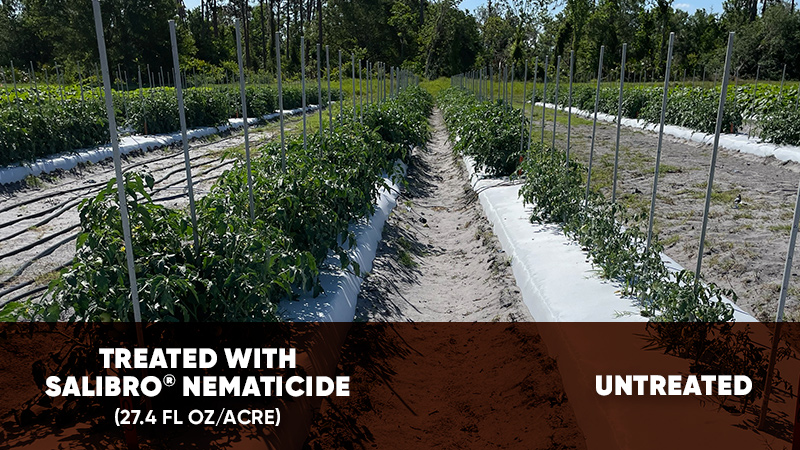3 Steps Vegetable Growers Can Take To Conserve Water Through Irrigation
Irrigation use is rising even as water availability shrinks.
Here are a few tips offered by Sustainable Agriculture and Education (SARE)’s “Building Soils and Better Crops” manual by Fred Magdoff and Harold van Es.
1. Monitoring Soil and Plants
Soil sensors like tensiometers, moisture blocks, TDR (time-domain reflectometry), and capacitance probes effectively evaluate soil moisture conditions. When levels drop too low, you can irrigate to meet the crop’s needs without over applying.
Scouting will give you a heads up, too. Water stress causes leaf temperatures to increase, allowing thermal or near- infrared imaging to detect problems.
2. Work with the Weather
Government weather services or small, on-farm weather stations help you take advantage of natural rainfall and evapotranspiration. Electronic equipment continuously measures weather indicators, along with computer technology and site-specific water and fertilizer application equipment. It allows you to fine-tune irrigation to sub-acre-scale localized water and fertilizer needs, Magdoff and van Es say.
3. Water Only When Needed
Magdoff and van Es also mention research-backing deficit irrigation — water applications that are less than 100% of evapotranspiration. Researchers find it can provide equal yields with reduced water consumption and promote greater reliance on stored soil water. In fact, grape growers purposely use deficit irrigation to induce mild water stress since it increases quality-enhancing anthocyanins.
Many of these practices can be effectively combined. For example, a vegetable grower in Australia plants on beds with subsurface drip irrigation and uses controlled traffic. A sorghum-sudan cover crop is planted during the wet season and mulched down after maturing, leaving a dense mulch. The subsurface drip irrigation is installed in the beds and stays in place for five or more years (in contrast, annual removal and reinstallation are necessary with tilled systems). No tillage is performed, and vegetable crops are planted using highly accurate GPS technology to ensure they are within a couple of inches of the drip emitters.










